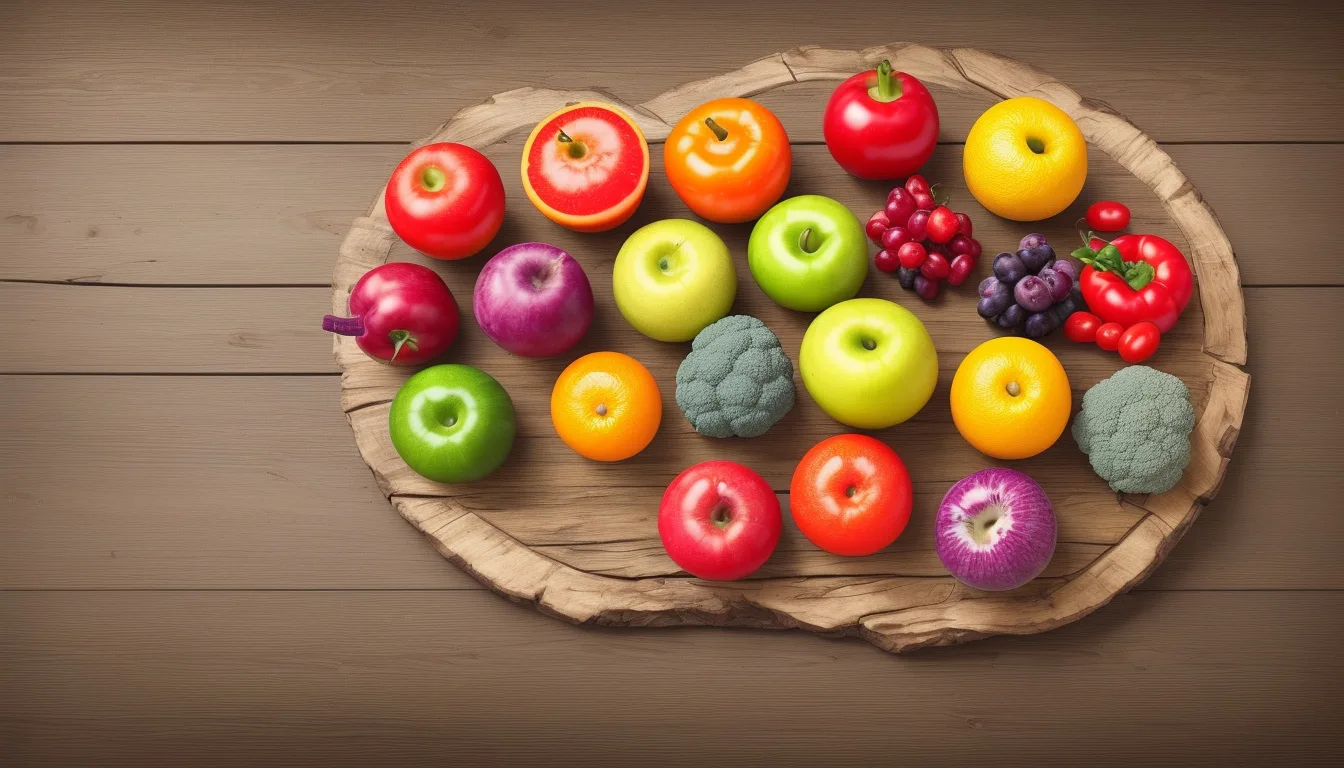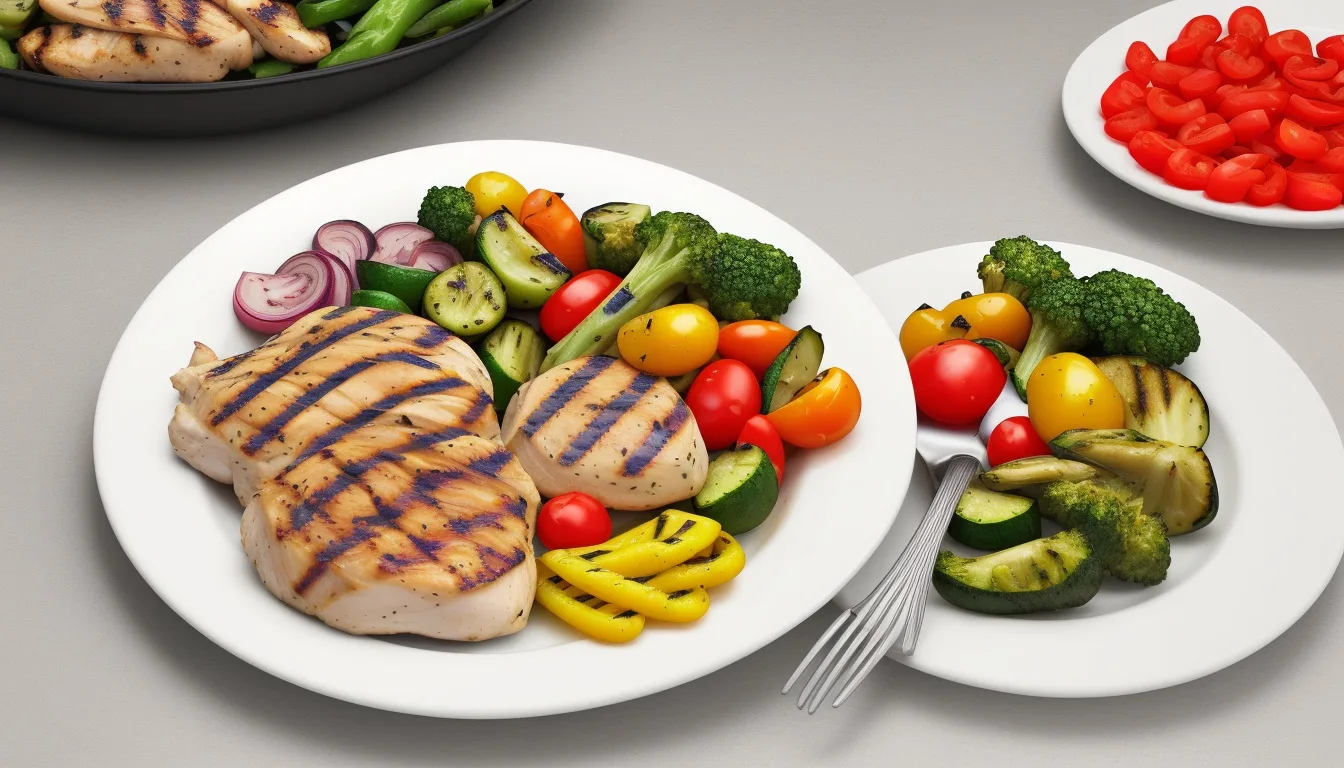
In today’s world of health and wellness, grasping the idea of low glycemic index foods changes diets for many who seek better health and weight loss.
• The glycemic index shows how carbs in food lift blood sugar.
• Low glycemic foods keep blood sugar even, spread out energy, and help lose weight.
This article shows why low glycemic foods matter and gives clear tips on how to add them to your meals.
What Is the Glycemic Index and Why Does It Matter?
The glycemic index sorts carb-rich foods on a scale from 0 to 100 by how fast they raise blood sugar.
• Low glycemic foods score 55 or less, digest slowly, and lift sugar in a gentle way.
• High glycemic foods make sugar rise fast and then drop, which can bring low energy and extra hunger.
Using low glycemic foods helps keep blood sugar steady, cuts cravings, and controls hunger. These points are key for long-term health and weight control.
Health Benefits of Low Glycemic Index Foods
Including low glycemic foods in your meals can bring many health gains:
1. Better Blood Sugar Control
Low GI foods slow quick changes in sugar. They help people with diabetes or prediabetes keep blood sugar steady. This steadiness cuts the chance of insulin issues and heart problems.
2. Lasting Fullness and Appetite Control
Low glycemic foods digest with care. They keep you full for longer, which helps cut down on extra eating and snacking. This steady hunger helps in weight loss plans.
3. Lower Risk of Long-Term Illnesses
A diet rich in low GI foods can support good cholesterol levels and keep inflammation low. This may cut the risk of heart disease and some cancers. Studies note that such diets can help manage blood fats and blood pressure.
4. Consistent Energy Throughout the Day
High GI foods make quick energy peaks that soon fall. In contrast, low GI foods give a long-lasting, even energy boost. This steady energy supports daily activities and focus.
Common Examples of Low Glycemic Index Foods
Choosing the right foods is key to gain these benefits. Here is a list you can use:
• Whole grains: barley, quinoa, steel-cut oats, whole wheat pasta
• Legumes: lentils, chickpeas, black beans, kidney beans
• Non-starchy vegetables: spinach, broccoli, cauliflower, zucchini
• Fruits: apples, pears, berries, oranges, cherries
• Nuts and seeds: almonds, walnuts, chia seeds, flaxseeds
• Dairy: Greek yogurt, milk, and a little cheese
On the other hand, white bread, potatoes, white rice, and many processed snacks usually have a high glycemic index and best be used less often.
Weight Loss Tips Using Low Glycemic Index Foods
For those who want to lose weight, using low GI foods can support your goals without cutting out nutrition. Here are some easy guidelines:
1. Begin with a Low-GI Breakfast
Choose whole grain cereals or oats with nuts and berries. This mix gives fiber and protein to keep hunger low and energy even in the morning.
2. Mix Carbohydrates with Protein and Healthy Fats
When you join carbs with protein and a bit of good fat, digestion slows down more. For example, add avocado or chicken to a quinoa salad, or put nuts over your yogurt.
3. Pick Snacks with Care
Instead of high GI processed snacks, try a handful of almonds, an apple with peanut butter, or Greek yogurt with flaxseeds. These low GI snacks work well to stop hunger.
4. Cook Food to Keep a Low GI
How you cook food can change its glycemic index. For instance, pasta that is al dente holds a lower GI than overcooked pasta. Use methods that keep food less changed.
5. Watch Your Portions
Even low GI foods can add extra calories if you eat too much. A watchful eye on portions helps you collect the best results.
Incorporating Low Glycemic Index Foods: A Sample Day
Here is a sample plan for a day filled with low GI food:
• Breakfast: Steel-cut oats with blueberries, chia seeds, and a spoon of almond butter
• Mid-morning snack: An apple with a few walnuts
• Lunch: A kale salad with quinoa, grilled chicken, avocado, and cherry tomatoes
• Afternoon snack: Greek yogurt with flaxseeds and strawberries
• Dinner: Lentil stew with roasted vegetables like eggplant, zucchini, and carrots
• Evening snack (optional): A small pear or a few almonds

Frequently Asked Questions About Low Glycemic Index Foods
1. What Foods Have the Lowest Glycemic Index?
Foods like lentils, chickpeas, many non-starchy vegetables, and fruits such as apples, pears, and berries top the low GI list. Whole grains like barley and quinoa also score low.
2. How Can Low Glycemic Index Foods Support Weight Loss?
Low GI foods keep blood sugar steady and keep you full for longer. With fewer spikes in hunger, your total calorie intake may drop. This helps in plans to lose weight by cutting down on extra eating.
3. Should One Focus Only on the Glycemic Index for a Healthy Diet?
The glycemic index is a useful tool, yet overall nutrition is more than one number. Food quality, the nutrients in your meals, and how much you eat all play a role in good health. A mix of low GI foods with proteins, fats, and fiber helps reach the best health results.
Expert Insight on Glycemic Index and Health
Research from Harvard T.H. Chan School of Public Health finds that low glycemic diets can help manage blood fats and lower risks linked to heart disease and diabetes. Emphasizing whole, less processed foods steers you toward a steady glycemic response and better overall well-being.
Conclusion: Take Control of Your Health with Low Glycemic Index Foods
Embracing low glycemic index foods is a smart step toward many health gains and weight loss. By keeping blood sugar steady, building lasting fullness, and cutting the risk of illness, these foods help shape a healthy lifestyle. Start your journey by replacing high GI foods with low GI chooses and follow the simple tips in this guide for lasting success. Whether you need steady energy, better sugar management, or a way to lose weight, low glycemic index foods are a helpful tool in your healthy routine.
Ready to change your diet and boost your health? Start exploring a wide range of low glycemic index foods now and see the good effects for yourself!
[center]Always consult with your doctor prior to making drastic diet changes.[/center]
[center]As an Amazon Affiliate, Savvy Keto makes a small commision (at no extra cost to you) on any purchases you make thru affiliated links you click on.[/center]




